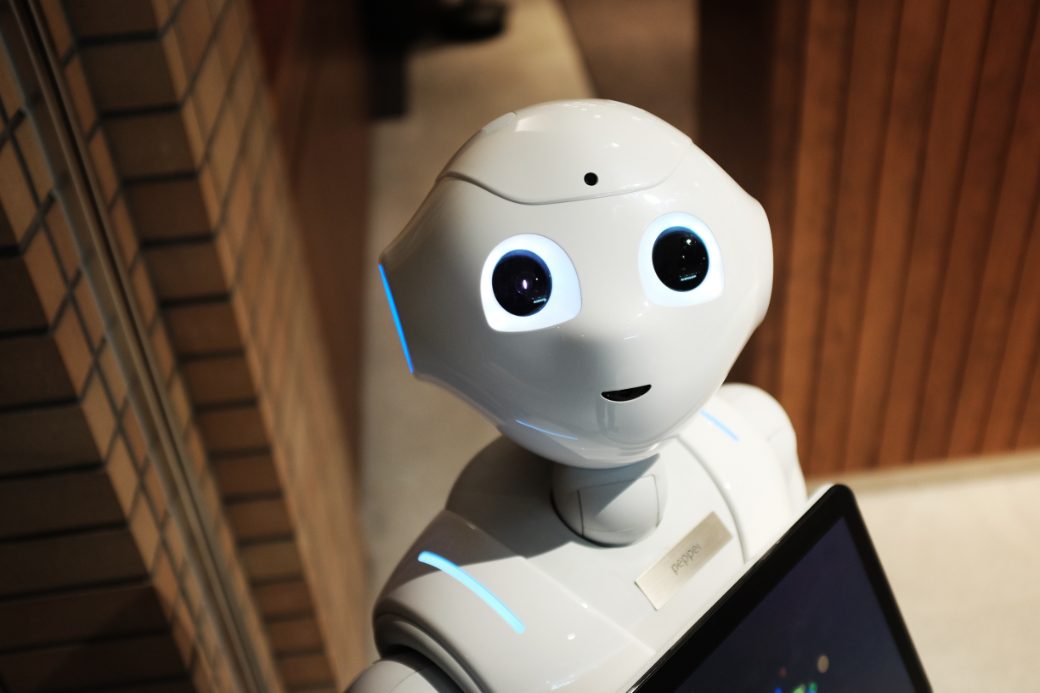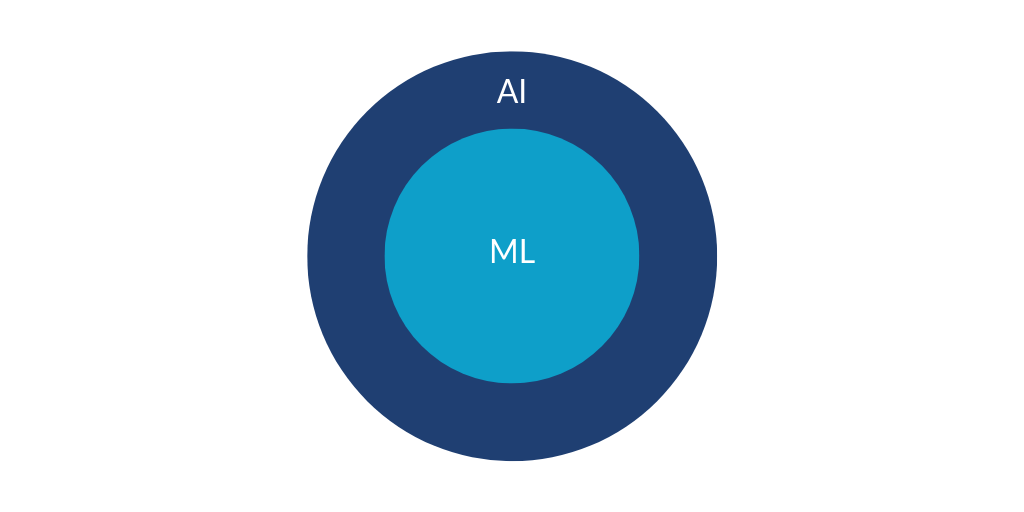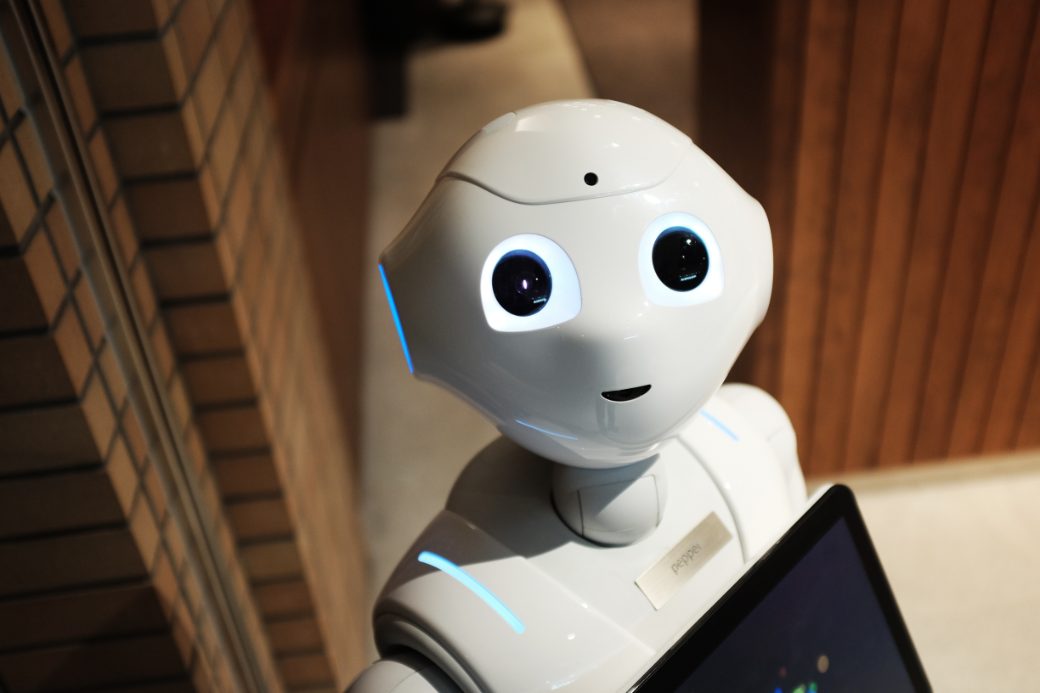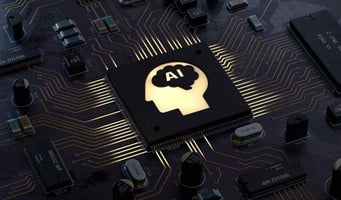There’s nothing more frustrating than partnering with an expert network that agrees to support you...
Artificial intelligence (AI) and machine learning (ML) have been hot topics in recent years, but there’s still confusion on what they mean. These terms are often used interchangeably, but they refer to different concepts. Today, I’ll briefly cover what the differences are, and how we use them at Techspert.

Admit it, you thought of a robot when I mentioned AI.
Artificial Intelligence
There’s no universal definition for what exactly constitutes AI, but we generally use this term to describe man-made systems that display some form of reasoning and problem-solving abilities. Therefore, we typically regard computers which can transcribe human speech, recognize images of cats, and play StarCraft, for example, as having AI.
AI comes in a multitude of forms. A simple example is chess-playing computer programs, which have been around since the early 60s. Historically, these computers worked by analyzing board positions and potential future moves according to strict rules for what constituted good play. The computer could be programmed to know that a rook is worth more than a pawn, and that having pieces in central positions is generally a good idea. Using these rules, the chess computer would assign scores to future board positions and pick the move which led to the most favorable position.
As computing power grew and smarter sets of rules were developed, the performance of these chess-playing computers steadily increased. IBM’s Deep Blue famously became the first computer to beat a reigning world champion by defeating Garry Kasparov in May 1997. Shocking chess players and computer scientists alike, this served as an early demonstration of the power of AI systems.
Machine Learning
Although Deep Blue was an impressive example of AI in 1997, the system followed a set of rules which had been meticulously hand-coded by humans. This is a very limiting approach to designing AI systems. Most of the tasks that AI excels at today are too complex and varied to be covered by strict human-crafted rules. For instance, take the task of determining whether an image is of a cat or a dog based only on the image pixels. How would you go about writing down rules for this seemingly simple problem? To humans, this problem is trivial, and most toddlers can solve it without much effort. But if we try to define exactly how we do this in a series of strict algorithmic steps a computer can understand we are quickly stumped.
Marvin Minsky, an MIT computer scientist and AI pioneer, gave students a summer research project like the one described above in 1966: create a computer program that can describe what it sees when connected to a camera. Minsky thought the problem was simple enough and gave them 10 weeks to complete the task. It’s only in the last decade that the scientific community has been able to solve problems of this type. A crucial approach needed was ML.

I created this simple diagram to illustrate the relationship between AI and ML
ML is a powerful subcategory of AI. Instead of having to sit down and handcraft complex rules for completing a task, ML systems only need to be shown many examples of the task being completed correctly. The system is trained on these examples and eventually learns how to complete the task. There are many ways of doing this, but a common approach is supervised learning. Here, for example, we collect a large dataset of images and label each one as “cat” or “not cat”. Initially, the system performs dreadfully at identifying cats. But crucially, every time it makes an incorrect prediction it uses that error to slightly adjust its many internal parameters in such a way as to make the predictions less wrong.
After training on thousands of example images, the system eventually learns to identify cats as accurately as any human. The amazing thing is that at no point has any human sat down and told the computer how to identify a cat, or even what a cat is.
.jpg?width=798&name=Cat%20(1).jpg)
Using supervised learning, an ML approach, a system can be trained to distinguish cat images from non-cat images.
Now that we’ve established what AI and ML are, I’ll conclude by summing up what we do at techspert.io by trying not to get too technical.
ML techniques underlie the core technologies we’ve developed to map and structure the world’s expert knowledge. We use supervised learning to train our system to understand the content of webpages by reading the text (known as natural language processing) and by visually looking at the page (known as computer vision). But what about when we don’t have access to large sets of labelled data to do supervised learning? ML offers a broad range of novel approaches for dealing with those situations. We use reinforcement learning to send off autonomous bots to search the web for relevant expert information. These bots aren’t trained on labelled data but instead learn from experience. A bot might start off wandering randomly, and every so often it’ll stumble upon a relevant page. When this happens, the bot receives a reward signal, and when it fails its mission it gets a penalty. By trial and error, the system learns how to efficiently find relevant pages, all on its own!
I think it’s clear from this brief summary that ML and AI are powerful tools that can be used for a multitude of tasks and problems. The field is in continuous development, and researchers and developers present new and exciting techniques daily that solve ever harder problems. So, whether you want to identify cat photos, or map all human knowledge, AI probably has something for you.
If you’d like to learn more about our AI technology and how we can use it to connect you with experts all over the world, yes, even cat experts, connect with us. If you’re an expert who’d like to offer their services, we’d love to connect with you too.






